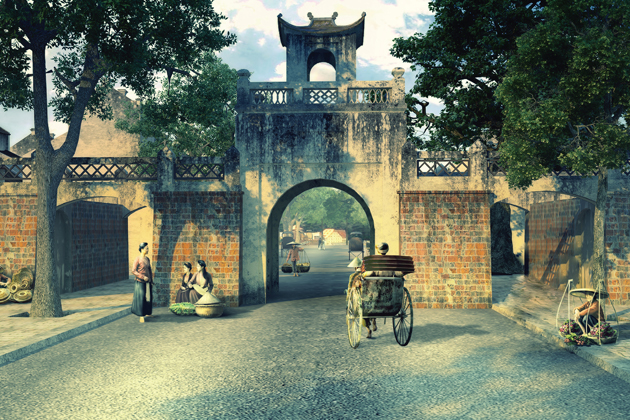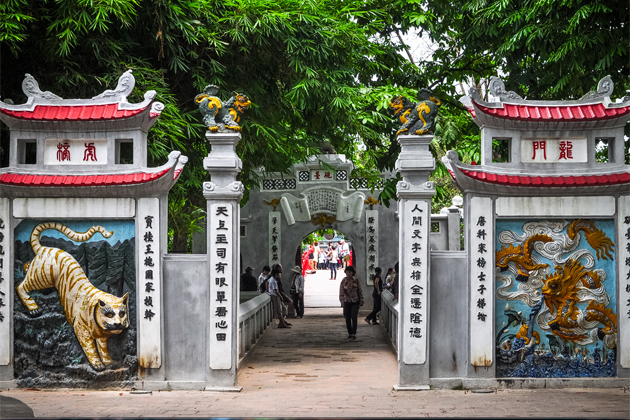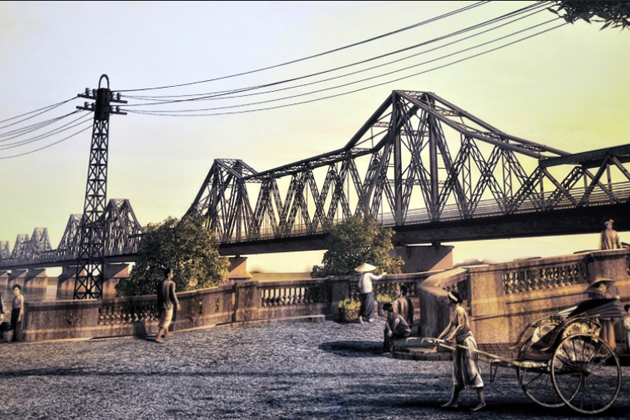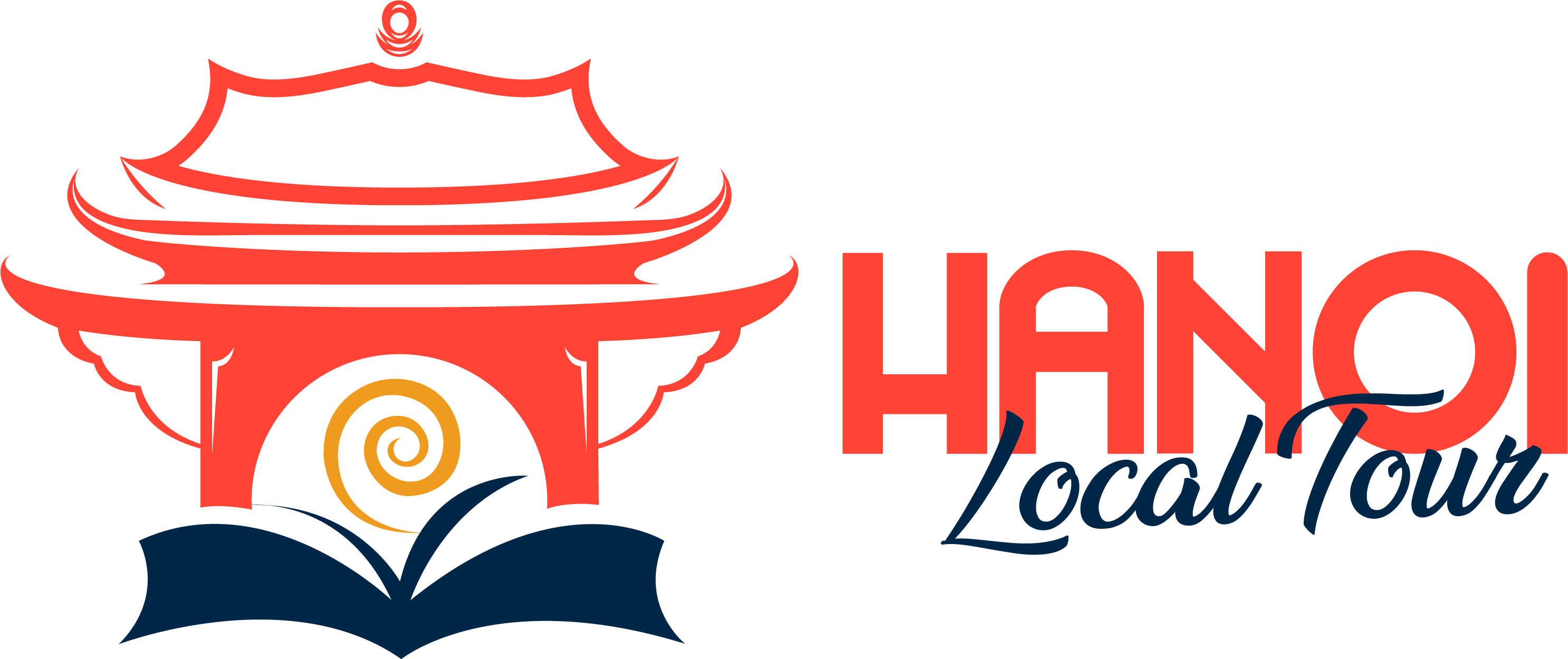Citizens have lived in Hanoi for a few thousand years; however, the name of Hanoi has just existed since 1831. Originally, in 1010, King Ly Thai To moved the capital to Dai La and renamed the citadel, Thang Long, meaning the flying dragon. Legend has it that when King Ly arrived Cai River (another name of Red River), there was a golden dragon on the river and flew up to the sky. The king considered this a good sign and then named the new capital as Thang Long (the flying dragon). The story "flying Dragon” shows the development of a new capital carrying the mission as the heart of a country with thousands of years of national construction. The capital that day is the area of Hoan Kiem district and parts of two counties Dong Da and Hai Ba Trung today. Thereafter, Thang Long boundary has gradually extended to the late 18th century. In 1802, Nguyen Dynasty gained the throne and moved the capital to Hue, Thang Long was no longer the capital and shortly after being called Hoai Duc.
In 1831, there is a big administrative reform with an elimination of the town and establishment of the province. Hanoi was born at that time. The reason for this name is the new province located between two rivers, the Red River and Day River. Ha means river and Nội means interior.

In 1883, France occupied Hanoi. In 1886, they established the "Hanoi". In the 13th century, Thang Long three times defeated the Yuan invaders and maintained the independence of the country.
By the beginning of the 15th century, Thang Long has become the crucial place to fight against the invaders. After ten years of the uprising, in 1427, Le Loi led the army troops to Thang Long and encircled the Ming invaders. Overwhelmed by the spirit and power of militarism, Ming ministers must swear in the southern port city and surrender to withdraw all troops to their country.
Until Tay Son uprising, Thang Long is where the hero Nguyen Hue scored many victories, in which the most glorious is Dong Da victory in 1789. With lightning speed, on the fifth of Lunar New Year that year, the insurgent army Tay Son defeated 30 thousand troops of Qing dynasty. In addition, this victory included the contribution of the people of Thang Long.

In the early 19th century, the Nguyen (since 1802-1945) located the capital in Hue. However, Hanoi is still the most civilized place, is the leading city throughout the country in terms of the art, industry, commerce, the abundance, population, courtesy, and culture. . .
When the French invaded Vietnam, in Hanoi, the French faced the strongest resilience. The climax of the movement was on 19.08.1945, Hanoi established the revolutionary government starting the general uprising across the country. Half a month later, on 09.02.1945, at Ba Dinh Square, President Ho Chi Minh read the Declaration of Independence and officially founded the Democratic Republic of Vietnam and Hanoi was the capital of the country.
However, the French invaded Vietnam the second time. On 19/12/1946, Hanoi’s army and citizens stood together to beat the French which opened for the first stage of a long national resistance lasting 9 years. The Dien Bien Phu victory on 7/5/1954 made the French completely failed. Five months later, on 10/10/1954, Hanoi was liberated. In 1965, Hanoi drastically fought against the undermining war of the US Air Force. Especially, the last 12 days in 1972, Hanoi had smashed the largest strategic raid of the US Empire, and made the illustrious "Dien Bien Phu in the air". Then, Hanoi along with the country forced the US to end the war of aggression in Vietnam.
By 1975, the historical Ho Chi Minh campaign, the South was completely liberated and the country was reunited. In 7/1976, the National Assembly decided that Hanoi is the capital of the Socialist Republic of Vietnam.

